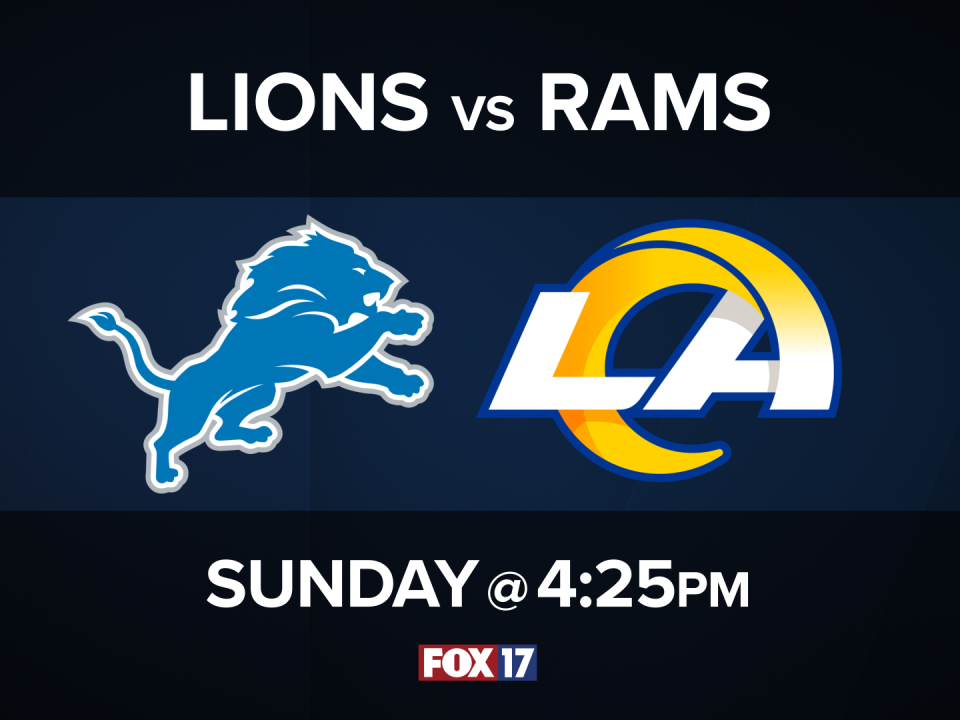GRAND RAPIDS, Mich. - A parent's primary concern is the safety of their children, which is why The National Highway Traffic Safety Administration (NHTSA) is promoting Seat Check Saturday.
Seat Check Saturday is celebrated nationally on the fourth Saturday of every September to promote children's car seat checks and installations.
According to the NHTSA, a child under the age of 13 is injured in an automobile accident every 33 seconds.
The chance of injury or death is reduced by nearly 70 percent by having a properly fitted and checked car seat, according to The Helen DeVos Children’s Hospital Injury Prevention Program .
Injury prevention expert, Jennifer Hoekstra stresses the importance of children using a properly fitted and certified car seat. Hoekstra also wants parents to educate themselves on car seat safety through the public classes Helen DeVos Children's Hospital hosts.
The next public class is being held on Thursday, September 26 from noon to 3:30pm at the Grand Rapids Fire Station on Kalamazoo St. Registration is not needed, but is recommended. The Class is open to the public and free. For more information click here.
Below are a list of general guidelines to follow, according to The Helen DeVos Children’s Hospital Injury Prevention Program.
Stage One: Birth to Approximately Two Years
- Children are best protected riding in a rear-facing car seat as long as possible. Most convertible seats accommodate rear-facing children up to 40 pounds or more.
- Keep baby rear-facing up to the maximum limits of the convertible car seat.
Stage Two: Approximately Two to Five Years
- Most car seat harnesses have high weight limits. Check the label on the seat.
- When using a forward-facing seat, be sure to: Use the forward-facing seat belt path. Switch the recline adjuster to the upright position (if using a convertible seat). Use the tether when available.
Stage Three: Recommended Five Years and 50 Pounds, 4'9"
- Booster seats help protect children by lifting them so the lap and shoulder seat belt connects with their strong bones.
- Use the shoulder belt adjuster if the belt touches the child’s neck. It should cross the collarbone and not touch the neck or the shoulder.
Stage Four: Minimum 4'9"
- Is your child 4'9"?
- Does the lap belt sit low across the upper thighs?
- Does the shoulder belt lie across the collarbone—not touching the neck and not off the shoulder?
- When the child’s bottom is scooted all the way back against the seat, do his or her knees bend at the edge of the seat?
- Can the child stay seated that way the entire trip?




